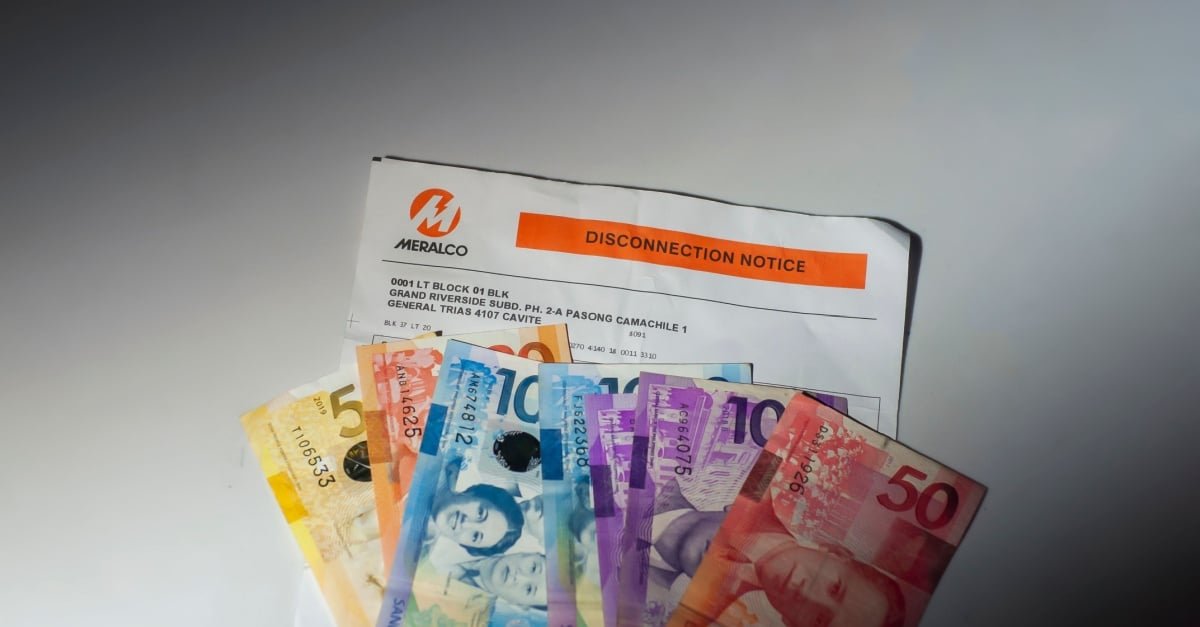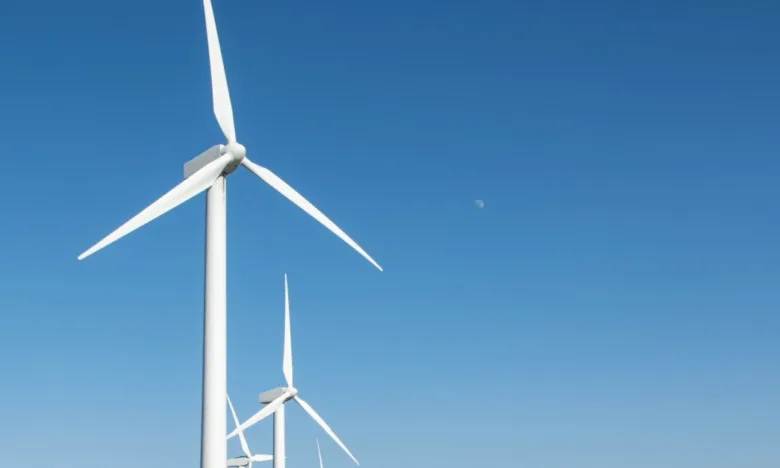
Appeals Mount to Slash Electricity Rates
- May 2, 2025
As consumers grapple with higher electricity bills this summer, senatorial candidate Benhur Abalos has reiterated his appeal to remove the 12% value-added tax (VAT) on electricity.
“You have 12% VAT on generation, 12% on distribution, 12% on transmission—and then there’s system loss passed on to consumers,” Abalos noted. “How can any country thrive like this?”
He also urged the government to eliminate taxes on petroleum products used in power generation, arguing that such measures could significantly reduce households’ power costs.
“Kung gusto mong dumami ang trabaho, kailangan marami kang factories, marami kang negosyo (If you want more jobs, you need more factories and more businesses),” Abalos added.
He pointed out that high electricity costs have driven many businesses to relocate to countries with cheaper power. “We have world-class Filipino talent, but we’re losing jobs because it’s too expensive to operate here,” he stated.
(Also read: Securing a Stable Power Supply Crucial for Lowering Electricity Prices)
PH prices, highest in Southeast Asia?
According to a 2018 study by the Asian Institute of Management, investors and consumers are increasingly worried about the rising cost of power. By September 2024, electricity and fuel prices contributed 14% to the country’s inflation rate.
In Southeast Asia, the Philippines stands out for having some of the highest electricity rates—a problem Abalos attributes to “layered and excessive” taxes on power generation and consumption.
In 2024, the Philippines continued to face significantly higher electricity rates than its regional neighbors. The average cost of electricity in the country is approximately ₱10.09 per kilowatt hour (kWh), surpassing that of Thailand at ₱7.85 per kWh, Vietnam at ₱4.21 per kWh, and Malaysia at ₱1.42 per kWh. This stark disparity highlights the ongoing challenge of high energy costs for Filipino consumers and businesses.
However, a study by the International Energy Consultants (IEC) challenged the long-standing belief that Philippine electricity is the second most expensive in the region, following only Singapore and Japan. It revealed that power in neighboring countries such as Indonesia, Korea, Malaysia, Taiwan, Thailand, and Vietnam appears cheaper due to government subsidies.
The IEC highlighted that government subsidies in these countries effectively reduce electricity rates by half. These subsidies come in the form of direct cash grants, fuel support, and deferred expenditures, helping to lower the cost of power for consumers.
The governments of the six countries cover over 50% of their electricity costs. However, Meralco, the Philippines’ largest power distributor, currently offers rates 3% lower than the average of 46 countries. Excluding the subsidized nations, the study noted that Meralco’s rates would be 13% below the global average.
If a similar 50% subsidy were introduced in the Philippines, the IEC projected it would require approximately ₱241 billion in taxpayer funding.
“If our government were to subsidize electricity, the funds would come from taxpayers, meaning we would still be paying for it indirectly,” Department of Energy (DoE) Undersecretary Rowena Guevara explained.
Other reasons for the PH’s high power costs
According to this article, one reason behind the Philippines’ high energy prices is its limited use of local energy resources.
Unlike countries such as Malaysia, which tap into abundant domestic petroleum reserves to power their grids at lower costs, the Philippines remains heavily dependent on imported fuels like coal and natural gas.
While the country does have some local supply—such as from the Malampaya gas field—it falls short of meeting national demand, leaving consumers vulnerable to global price shifts.
Another key factor is “reliable power supply”, according to Guevara.
She explained that Meralco offers a consistently reliable service, with minimal blackouts throughout the year. However, this level of dependability comes at a price, as the investment needed to maintain such service is passed on to consumers through higher rates.
Guevara said, “All distribution utilities strive to make their power supply more reliable, but there is a price to pay for this reliability.”
Meralco: Baseload power needed to lower energy prices
Recently, DoE Secretary Raphael Lotilla flagged Meralco for not having “the cheapest power rates when compared with other DUs (distribution utilities) and ECs (electric cooperatives).”
In response, Meralco Chair Manuel V. Pangilinan reaffirmed the company’s commitment to easing electricity costs. He stressed that while Meralco doesn’t profit from power generation, it often bears the brunt of public criticism.
Meralco customers saw a ₱0.72 per kWh hike in their electricity bills in April, driven by rising generation and transmission costs paid to suppliers and the national grid. Meralco clarified that its distribution charge—the portion it earns from—has remained unchanged since a ₱0.036 per kWh cut in August 2022.
Previously, energy officials zeroed in on a power supply agreement involving Meralco’s procurement of 1,200 megawatts (MW) from a gas-fired plant in Batangas. The agreement, part of a competitive selection process (CSP), came under scrutiny as not all units of Excellent Energy Resources Inc. (EERI) are fully operational.
DoE Assistant Secretary Mario Marasigan said this shortfall has tightened supply in the Wholesale Electricity Spot Market (WESM), contributing to elevated power prices.
In its defense, Meralco reiterated that it followed all CSP guidelines and pointed to a deeper issue: the persistent lack of supply and the absence of new capacity in the power grid.
The utility noted, “The issues in EERI’s testing and commissioning would not have much significant effect on the grid’s reliability had there been other new baseload power plants that were already built and online.” Instead, much of the country’s existing power infrastructure is over two decades old and frequently suffers from unplanned outages.
A 2023 working paper by the Ateneo Center for Economic and Development pointed to insufficient power generation capacity as a key reason behind the Philippines’ high electricity prices, with supply often falling short of demand. The study also cited poor governance, bureaucratic delays, and a lack of competition as additional cost drivers.
(Also read: Delays at Batangas Gas-Fueled Plant Draw Scrutiny)
Green energy still falls short for baseload needs
Abalos called for greater investment in renewable energy, arguing it’s time the Philippines tapped into its natural resources to cut reliance on costly imported fuel.
“Investing in renewable energy means reducing our exposure to global fuel price shocks, making electricity more affordable, and creating green jobs in our rural and coastal areas,” he stated.
But experts agree that while renewables hold promise, they aren’t ready to shoulder the country’s baseload needs. Solar power, though abundant, remains intermittent and contributed just 2.9% of the country’s total electricity output in megawatt-hours (MWh) in 2024.
Moreover, affordable battery storage is still far from feasible. A study found that energy storage costs would need to fall by around 80% for wind and solar power to compete even with the most expensive readily available energy sources in the Philippines.
In its statement, Meralco mentioned, “Most of the new capacities in the grid are solar technologies which become unavailable during evening thereby further driving up the WESM spot prices.”
DoE initially cleared Meralco’s power arm, MGen, to move forward with its Atimonan coal project despite a ban on new coal plants. Coal remains a reliable baseload power source due to its ability to generate continuous, stable electricity regardless of weather or time of day.
But the agency reversed course days later, saying the project still needs further review. MGen CEO Emmanuel Rubio expressed hope for a swift decision but said details remain unclear.
Columnist Den Somera argued that coal and natural gas remain the most suitable options for meeting baseload demand, but “the most reliable, however, are nuclear power plants.”
He said that nuclear plants operate at full capacity over 92% of the time, nearly double the efficiency of coal and gas units, and far surpass wind and solar in dependability. Additionally, nuclear plants require less maintenance, with refueling needed only once every 1.5 to two years.
Meralco executive Joe Zaldarriaga echoed this, saying that “countries included in the (IEC) study that were found to have the lowest electricity costs utilize nuclear energy or are rich in hydro power.”
Guevara agreed that nuclear energy should be included in the power mix, noting its quick response capabilities. She explained, “Pwede siyang makatulong dun sa (it can help there in the) variable renewable energy natin and then 19 GW of offshore winds by 2050.”
Bottom Line
In his opinion piece, former Finance Secretary Gary B. Teves asserted that as the Philippines aims to become an upper-middle-income country by 2025, tackling issues related to power reliability and affordability is essential. This will not only ensure that Filipinos have access to affordable energy but also attract more investors to the country.
He wrote, “It is, therefore, important for the government to continuously address these concerns by improving the ease of doing business, removing bottlenecks in the completion of power projects, improving energy infrastructure, and considering increasing power incentives and/or subsidies to the public to lower power costs.”
Sources:
https://plus.inquirer.net/opinion/ensuring-energy-security-and-affordability/
https://energycentral.com/news/philippine-electricity-really-asias-costliest
https://www.pna.gov.ph/index.php/opinion/pieces/795-contextualizing-power-rates-in-ph
https://cebudailynews.inquirer.net/583377/electricity-in-ph-why-is-it-high
https://www.philstar.com/business/2025/04/28/2438791/doe-meralco-turn-summer-heat
https://insiderph.com/uploads/files/32/MERALCO%20PRESS%20RELEASE%20ON%20PSAs.pdf
https://drive.google.com/file/d/19PQgA5jhDs0mC8AK8RvCtapFFUV1F9R-/view
https://www.rappler.com/voices/thought-leaders/analysis-present-power-situation-philippines/



